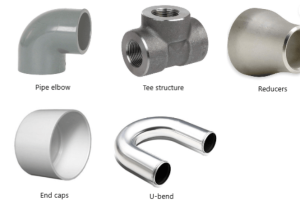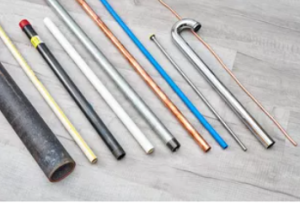Pipes come in a range of sizes and materials, designed to carry different substances with different rates of flow. This means pipe fittings also need to vary to ensure the safest and most effective performance.
Materials
Copper pipe fittings are available from specialist sites such as https://watkinspowis.co.uk, but steel, plastic or rubber can also be used as appropriate. The market for copper piping internationally is large and growing

Types of fitting
Different types of pipe fitting allow flow to be regulated in different ways and directions as best suited to your requirements. Here are eleven possible options:
Reducer pipe fittings can reduce flow. Reducers can be concentric or eccentric, with the shape affecting whether air accumulates.
Elbow pipe fittings come at an angle of 22.5°, 45° or 90° and can alter the direction of flow between pipes. They can be normal or reducer.
Tee fittings are a “T” shape with two 90° outlets and one inlet, used to merge flows. Tee fittings can have equal or unequal side lengths.
Cross fittings allow for the joining of four pipes by having four openings pointing in four different directions, such as those used for fire sprinklers.
Couplings can come in compression or slip form, but both are used for connecting pipes of the same diameter. They are good for fixing leaks or pipes that are otherwise damaged.
Unions can be used in similar circumstances to couplings, but they can be removed again easily if necessary, whereas couplings are designed to be permanent fixtures.
Adaptors can be used with PVC or copper pipes to adjust the ends to have male or female threads as required.
Olets are available in many varieties, but they all exist for non-standard sizes and configurations of pipes.

Plugs can close openings in the pipes to allow you to conduct inspections or repairs. They use male threads.
Caps also close openings for inspection and repair, but this time they have female threads.
Valves can be used to regulate or outright stop the flow of liquid. Different valves can isolate, throttle, or prevent reverse flow.